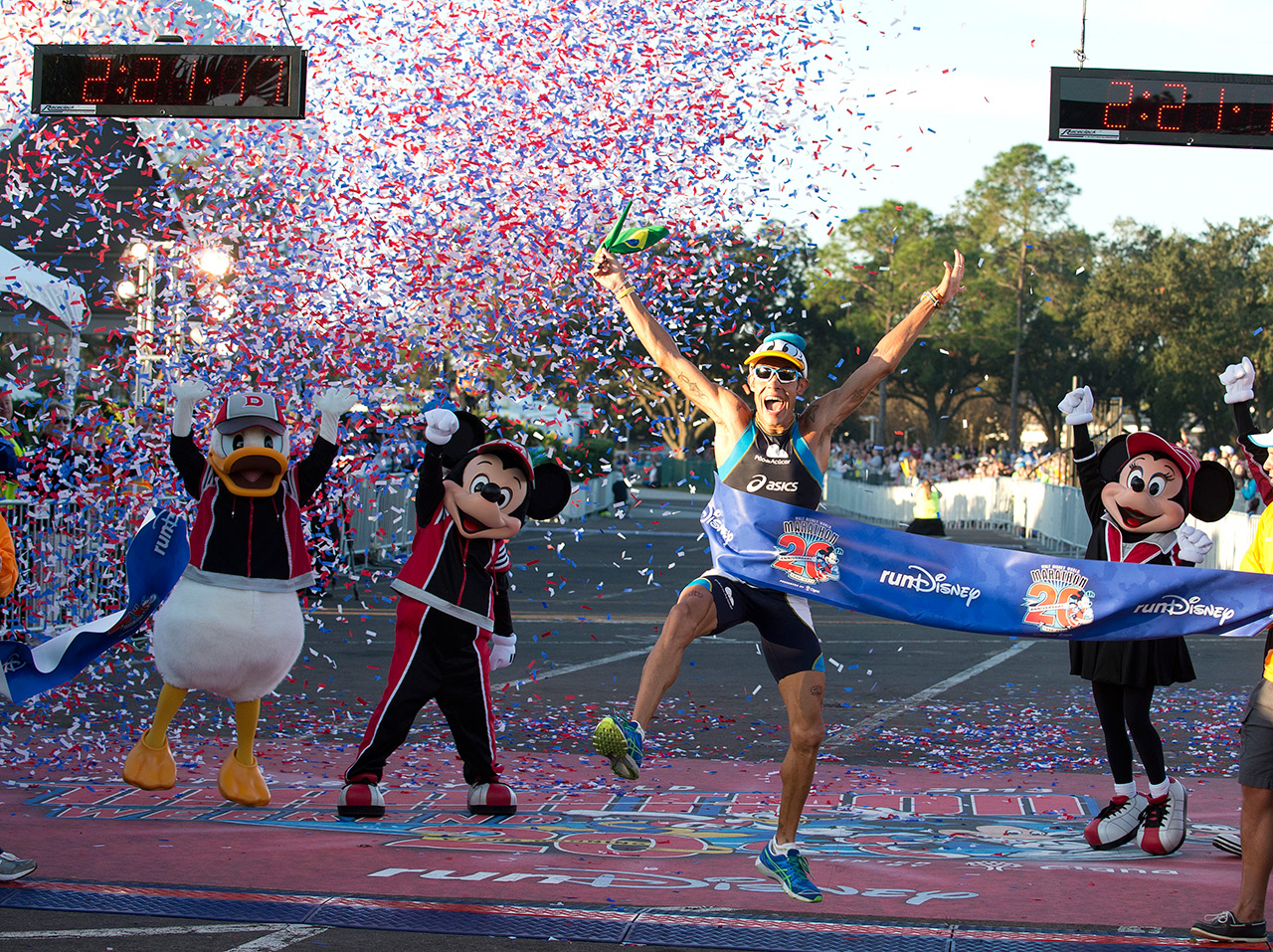In these magnificent surroundings, one can combine exciting game drives with a challenging marathon route going right through the habitat of the most famous African game: Elephant, Rhino, Buffalo, Lion and Leopard. No fences, no rivers, nothing at all separates the runners from the African wildlife.
 |
| Click To Enlarge |
International Tour PackagesThe Big Five Marathon 2013
The Big Five Marathon is an exclusive event that combines a challenging marathon experience with a classic African safari vacation. Situated in the Limpopo province, the Entabeni Safari Conservancy provides the perfect setting for the event. Within this 22,000 ha, malaria-free, private game reserve, several accommodation facilities are provided, varying from tented camps to luxurious lodges. Choose between a 5 and a 7 night tour package for the event. More Info
 Marathon Report:
Marathon Report:
By Stuart Mann, participant in The Big Five Marathon 2008
The route is simply fantastic. This was the second time in my life that I enjoyed a course so much that I found myself half dreading each kilometer board. As the name suggests the race is run in Big 5 territory with rangers out to “marshal” the more dangerous animals (dodging rhinos seems to be the biggest challenge).The first kilometre is a gentle downhill before the fun starts with a climb of about 350m over 9kms to the highest point on the course (1714m according to Garmin). After negotiating the initial climb there are a few easy kilometres of gentle downhill before a 2.5km plummet (the drop is about 400m) that completely annihilates the quads. At this point in the race you cross paths with the half marathoners who are on their way back up the hill and my friendly greetings were returned with nothing but vacant-eyed stares of distress and horror. I hoped that I would look better when I made my way back up to the top, but first one had to negotiate an eight-kilometre loop in lion country…
 There are 12 lions on the lower part of the reserve. I suspect that part of the reason for the latish start is to allow the (hopefully well-fed) pride to settle into their mid-morning slumber. Apparently, one of the rangers spent 36 hours with the pride to ensure that their location was known and that they didn’t pick off the weaker runners. Thankfully the only sign of lions that I saw were some (fairly) fresh tracks on the sandy part of the route but fortunately it looked like they were heading in the other direction.
There are 12 lions on the lower part of the reserve. I suspect that part of the reason for the latish start is to allow the (hopefully well-fed) pride to settle into their mid-morning slumber. Apparently, one of the rangers spent 36 hours with the pride to ensure that their location was known and that they didn’t pick off the weaker runners. Thankfully the only sign of lions that I saw were some (fairly) fresh tracks on the sandy part of the route but fortunately it looked like they were heading in the other direction. During this part of the course I was reminded of the saying that, “Every morning in Africa, a gazelle wakes up. It knows that it must outrun the fastest lion or it will be killed. Every morning in Africa, a lion wakes up. It knows that it must out run the slowest gazelle or it will starve. It does not matter whether you are a lion or gazelle. When the sun comes up in Africa you had better be running.”
When you are a runner in Africa you know that you can’t outrun any lion but that is OK because all you have to do is run faster than the next guy! Fortunately, this part of the route is predominantly run on a soft, sandy surface that makes running difficult for most people.
After summiting the next hill, there is a pleasant 3km downhill before another nasty climb of the same distance followed by another fast downhill section. At around this stage I was informed during a water table chat that I was in fourth place and should “hamba” (Zulu for “leave”). So, with the third place runner within my sights I decided to pick up the pace and soon found myself in third place and feeling strong.

Just to make sure that you don’t get complacent there is another lengthy climb, after which the lake (that gives Lakeside Lodge, the location of the finish, it’s name) comes into view far beneath you and you know that it must be all downhill for the last 2.5kms. Although you are much higher than the finish point they somehow manage to sneak in one last, nasty hill before you fly through to a friendly finish!
This is perhaps the only race in the country where every runner is greeted by name as they come into the finishing straight and is personally handed their medal and given a handshake or hug by the race organiser – and this friendly vibe continues until the last runner makes their way across the line all the way to the seven hour cut-off. Note – if you want a more vocal finish you should aim to finish before 13h00, as this is when lunch is served and much of the support disappears!
Considering the time spent on photographic exploits, several water table chats and a handful of territorial markings, I was pleased with my time of 4:01 – especially since this was good enough to hold onto third place. In keeping with the Big 5 theme, the first three men and women receive a striking and elegant wooden carving of one of the Big 5 (my lion is going straight to the pool room!).
The event concludes with a gala dinner on Saturday evening and there was plenty of spit-braised lamb and impala to satisfy everyone’s protein replenishment program.



























